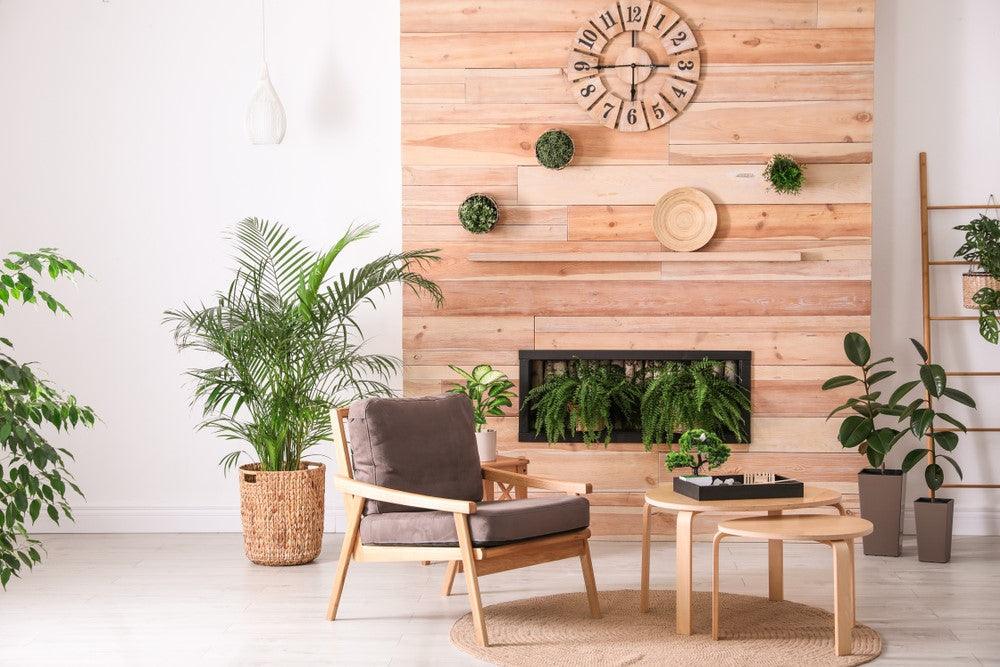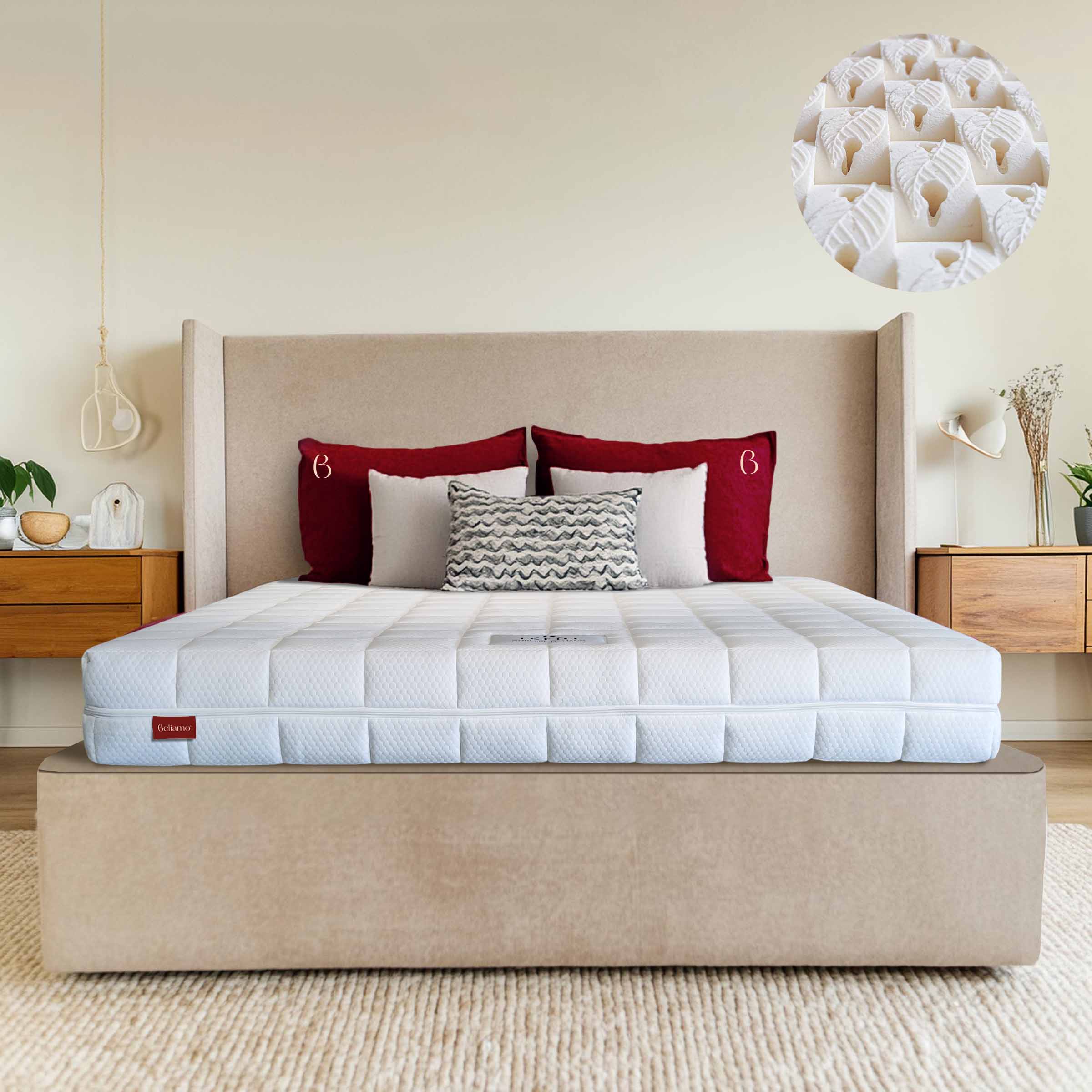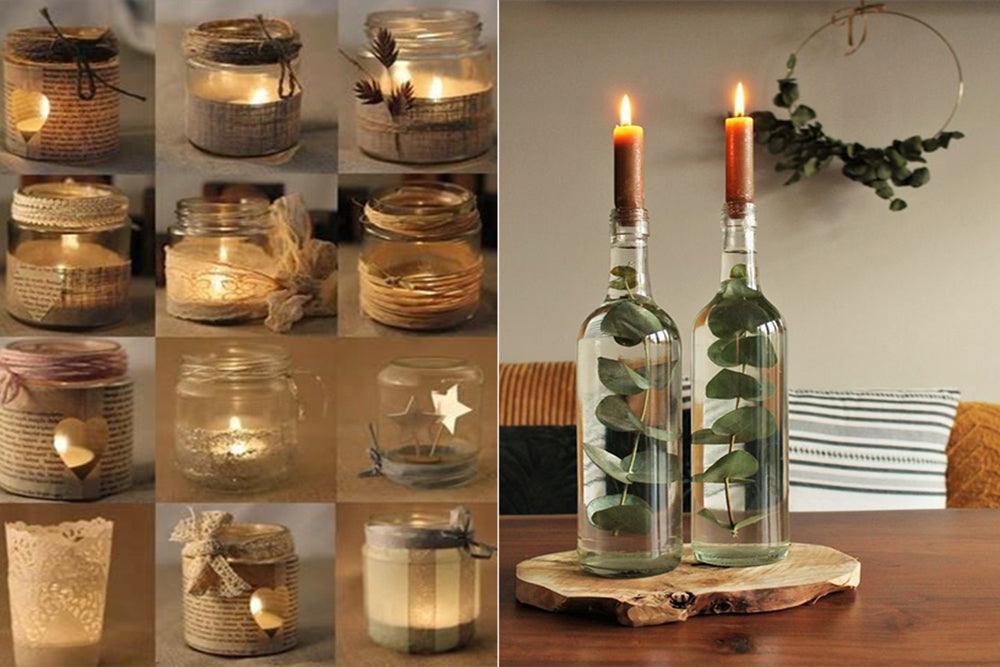
Harmony between Space and Mind: A Design for Wellbeing and Balance
Today we will immerse ourselves in a topic that goes beyond the aesthetic aspect of the art of furnishing: the harmony between the space in which we live and the mind. We will discover how intelligent design can affect mental well-being, creating environments that promote balance, serenity and well-being.

Create a “Zen” Space:
A serene and calm environment can have a significant impact on our mind. Chaos, disorder and gaudy colors weigh down the gaze as much as the psyche. Choose neutral colors and soothing shades such as white, beige, antique pink and pastel green for the walls and furnishings. It minimizes clutter and creates open spaces that allow your gaze to wander unhindered.
The Importance of Natural Light:
Natural light is a powerful ally of mental well-being. It is no coincidence or cliché that during rainy days most people feel in a bad mood or in any case with less energy. The reason is biochemical: the pineal gland secretes some substances precisely on the basis of the light/dark alternation. In fact, when there is light Produces serotonin, also called the wellness hormone since it improves mood and regulates appetite! It makes the most of sunlight by placing the furniture in such a way as to maximize the entry of light into the rooms and uses light or transparent curtains to allow it to gently filter, creating an extremely relaxing atmosphere.
Natural Materials To Bring The Wood Home Your:
The use of natural materials such as wood, stone and linen can create a connection with nature within your spaces. Tend when we have the opportunity to walk in a forest or near a stream we perceive calm and well-being, almost as if we were recharging. Living in a society that does not allow too much free time, we try to bring these sensations to our home with natural materials that not only add refined warmth and texture to the design of the house, but manage to stimulate the senses and promote the beautiful feeling of grounding even in the middle of the city.
Mental order and not only:
An orderly and well-organized environment clearly has a positive impact on our mind. Considering that it happens that everyone does not always have the time to arrange everything in the best possible way, use furniture with integrated storage spaces to hide the objects inside them and keep the surfaces free from disorder! Choosing furniture of the same shades and not too static also helps to make the space more cozy and harmonious.
Multi-use and Flexible Spaces:
Flexibility in space can foster balance both mental and at the level of organization. Opt for modular furniture and versatile solutions that can adapt to different needs. This allows to create areas of work, relaxation and companionship, contributing to a balanced use of space.
Colors and Psychology:
As you will have often heard, colors have a direct emotional impact on our psyche. This color theory does not only apply to works of art or paintings, but it is part of your daily life. Choosing to use cold and gloomy colors will certainly create a different atmosphere than the choice of warm and bright tones. It then evaluates the palette to be used in your home based on the emotions you want to arouse and the atmosphere you like to have in the environment you live in. For example, blue tends to spread calm, green can stimulate creativity, and yellow can increase energy. Find a balance between the colors that inspire you on an aesthetic level and those that create a positive and suitable atmosphere for you!
Spaces for Meditation and Relaxation:
Dedicates a specific corner or space of the house to meditation, reading or relaxation. Everyone has their own way of “meditating” in order to feel better, so try to analyze which environment and activity is right for you and choose the most suitable place. If you have a terrace or a small garden, experiment in the open air! This place will become a refuge to restore mental balance and energies when you feel more discharged. For this private corner of paradise, choose neutral furniture and accessories, which will help you regain your composure.

Incorporating these design practices into your home can massively boost your mental wellbeing and create an environment that reflects your person and the atmosphere you want to live in. Remember that design goes beyond the superficial and aesthetic aspect; it can become a real practice of self-care and the cultivation of inner happiness. Your home is the mirror of what you are, and vice versa!














Leave a comment
This site is protected by hCaptcha and the hCaptcha Privacy Policy and Terms of Service apply.